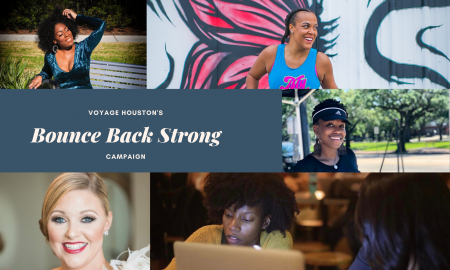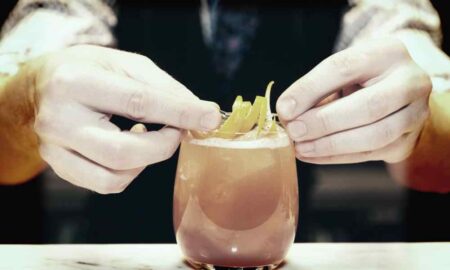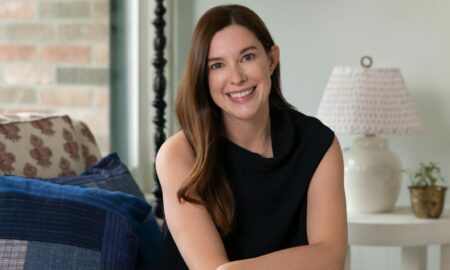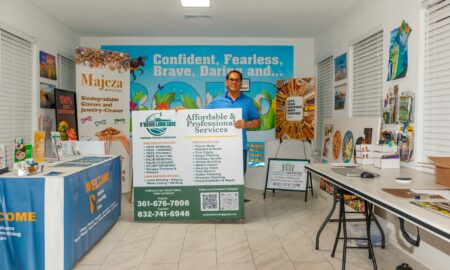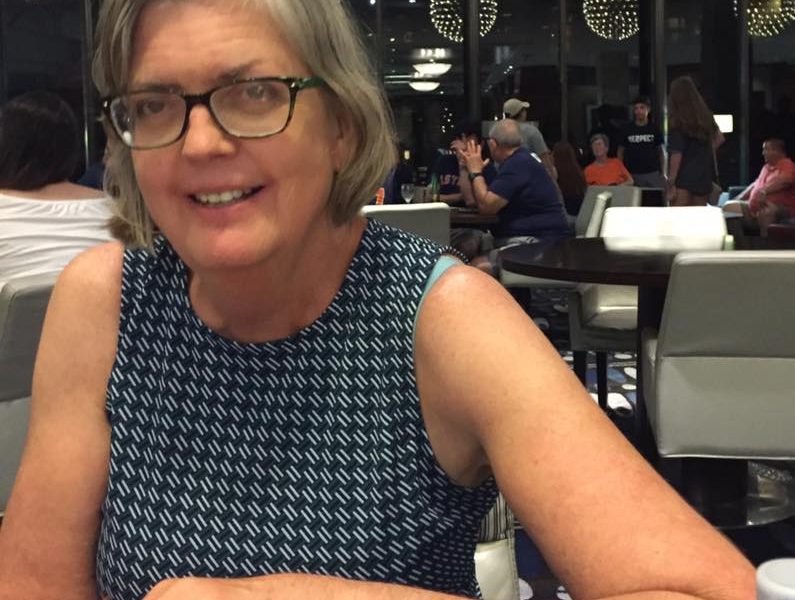

Today we’d like to introduce you to Beth Secor.
Beth, please kick things off for us by telling us about yourself and your journey so far.
It’s a little hard to narrow down what my story is, since I have been making art since I was old enough to draw on my bedroom wall with crayons, and have been exhibiting my work for the past 40 some odd years. My parents were both very creative, professionally they were in the medical field, but my dad and mom made a lot of our toys when we were little, my dad also built model airplanes and furniture, my mother embroidered, sewed, made glittery sequined Christmas scene curtains, and tree skirts, and they both provided us with art supplies so we could make things on our own. Having said this, they thought of art as a hobby, and not as something you would get a degree in, so when I first started college I was a pre-vet major, but mostly because I liked drawing animals so much, not because I was any good in science. Well, that didn’t turn out so well, and I was put on academic probation after my first semester. Slowly but surely I started taking more and more art courses, and switched my major, without telling my dad. He stayed angry for about ten years, but after that he and my mom were always the first people to arrive at my art openings, sometimes arriving an hour earlier than they even started. Switching majors was the smartest and one of the most satisfying decisions I have ever made.
Can you give our readers some background on your art?
Although I have worked in other mediums, the last 8 or so years I have been painting using gouache, which is an opaque watercolor. I augment this with a ballpoint pen, watercolor pencils, acrylic, and graphite, but the greater majority of the materials I use on any given artwork is gouache. I make paintings on paper, but I kind of have a weird working process. I start out with a piece of watercolor paper, usually 22 x 30, and try to make my image fit into that space, but then it starts to grow on its own, and I end up adding more and more paper to the original piece so I can accommodate this growing creature, which seems to have a life of its own. I think of it as akin to a fiction writer, whose story is all of a sudden taken control of by the characters he or she has invented, if that makes sense. After my father passed away in 2011, I began painting trees, since my fondest memories of him were spent outside surrounded by pecan, mulberry, oak, and other trees indigenous to SW Texas. Since my mother died in 2015, I have been painting birds. She had Alzheimer’s, and while she was alive, I experienced moments with her where it seemed like the words she was trying to say, were like birds that suddenly scatter in flight as soon as a person walks up. I created an installation about her in 2013 that consisted of portraits of her, some sewn, some embroidered, others a la Cabbage Patch doll style, and when I was installing the show, I noticed too much white on the walls, so I began filling in areas here and there with birds, to representing this flight of words, and about a year after she passed away, I started making the bird paintings.
I think what differentiates my work from the other people who are painting trees and birds is that I try to do these as portraits of individuals, and I think of my subjects as sentient beings who have emotions, thoughts, and intelligence. I am not sure what I want people to take away from viewing my work, I know we all come into the process of experiencing art carrying our own individual life experiences, and I would just love for them to connect to my work in some way that best relates to their life.
In your view, what is the biggest issue artists have to deal with?
I think some of the challenges artists face today, artists in the past have faced as well. It’s hard for most artists to make a living based solely on their work. There are people that are able to, some are incredibly talented, some not so much, but for most of us, we have to have another job to make a living. The key is to find a job that doesn’t suck the life out of you so that you have the energy to go home at night and make art, I teach full time at the University of Houston Downtown, but I make it a point to go home and paint every single night, even if I don’t feel like it, which is rare because painting is a great stress reliever after a day of work. Another challenge is persevering in the face of hard times. Several years ago I heard a talk by the late Bert Long on the radio, and to paraphrase him, he said that success as an artist is cyclical, sometimes you are up, your selling your work, you’re in show after show, and then other times your down, nobody is buying your work, you are rejected from every exhibition you enter, and the key is to just keep plugging away, keep doing your work not because it sells, but because you love making it. His words resonated with me as I have experienced both sides of the cycle. Persevering in the face of rejection is an incredible challenge, but it is well worth it, especially if what you are doing brings you great joy.
What’s the best way for someone to check out your work and provide support?
How or where can people see your work? How can people support your work? My work is carried by Inman Gallery in Houston, I have been with them since 1992, and am currently in an exhibit, along with other UHD Visual Arts instructors, at Houston’s City Hall. People can support my work by going to see it, and at the risk of being crass, buying it and taking it home.
Contact Info:
- Address: Inman Gallery
3901 Main St, Houston, TX 77002 - Website: http://inmangallery.com/
- Phone: 713-526-7800
- Email: info@inmangallery.com
- Facebook: https://www.facebook.com/inmangallery/







 Image Credit:
Image Credit:
Inman Gallery
Getting in touch: VoyageHouston is built on recommendations from the community; it’s how we uncover hidden gems, so if you know someone who deserves recognition please let us know here.


